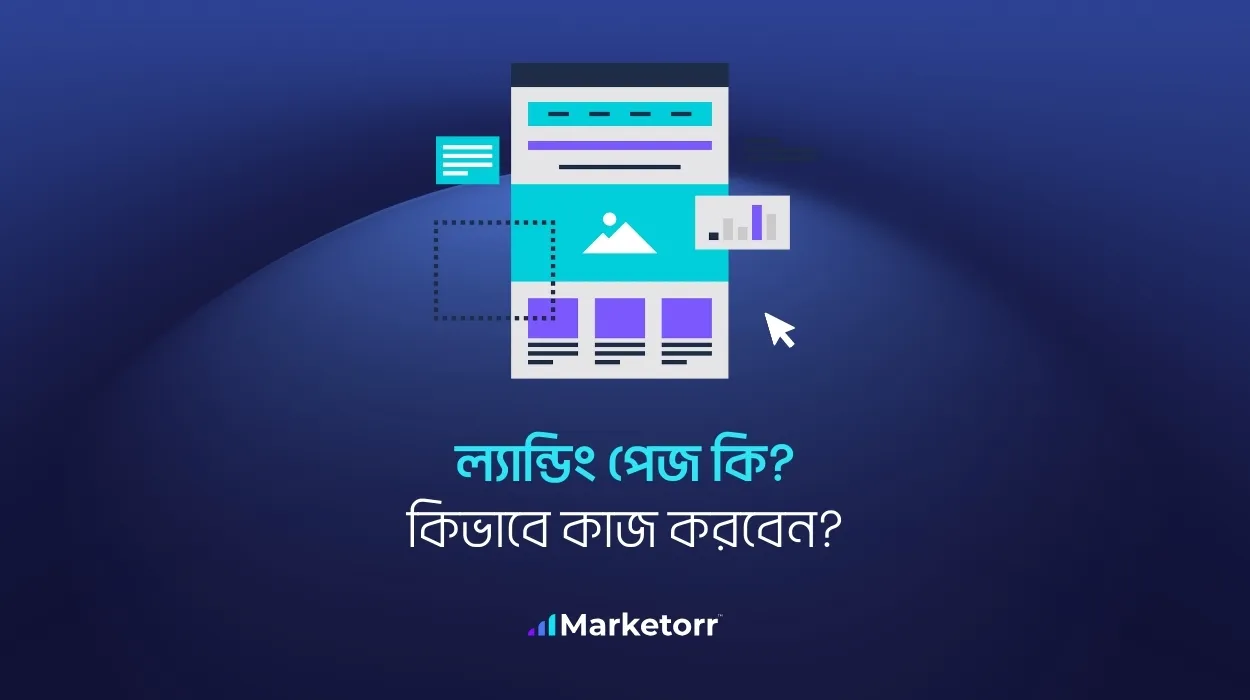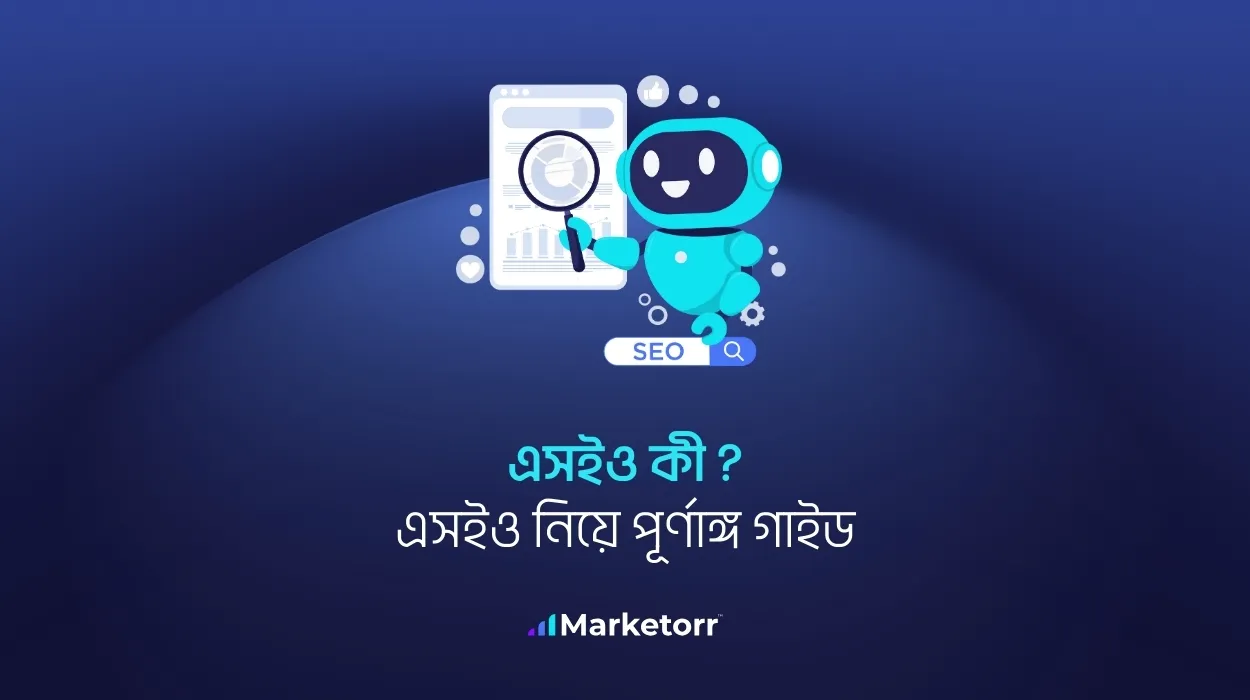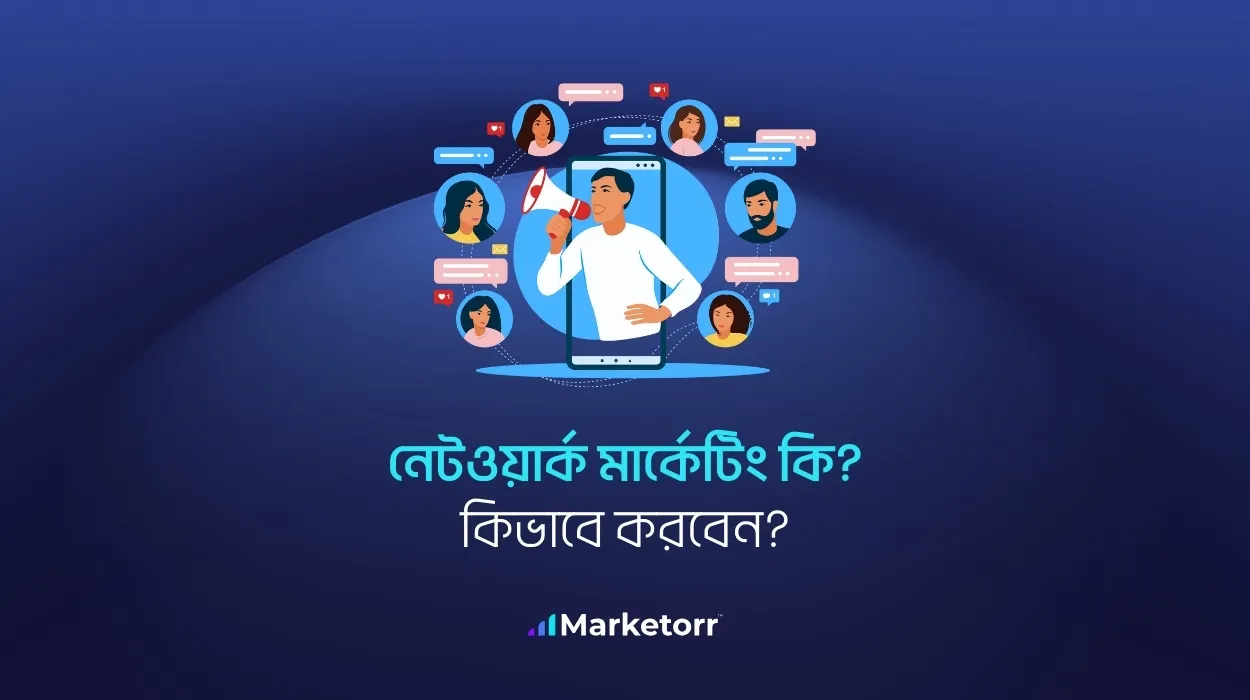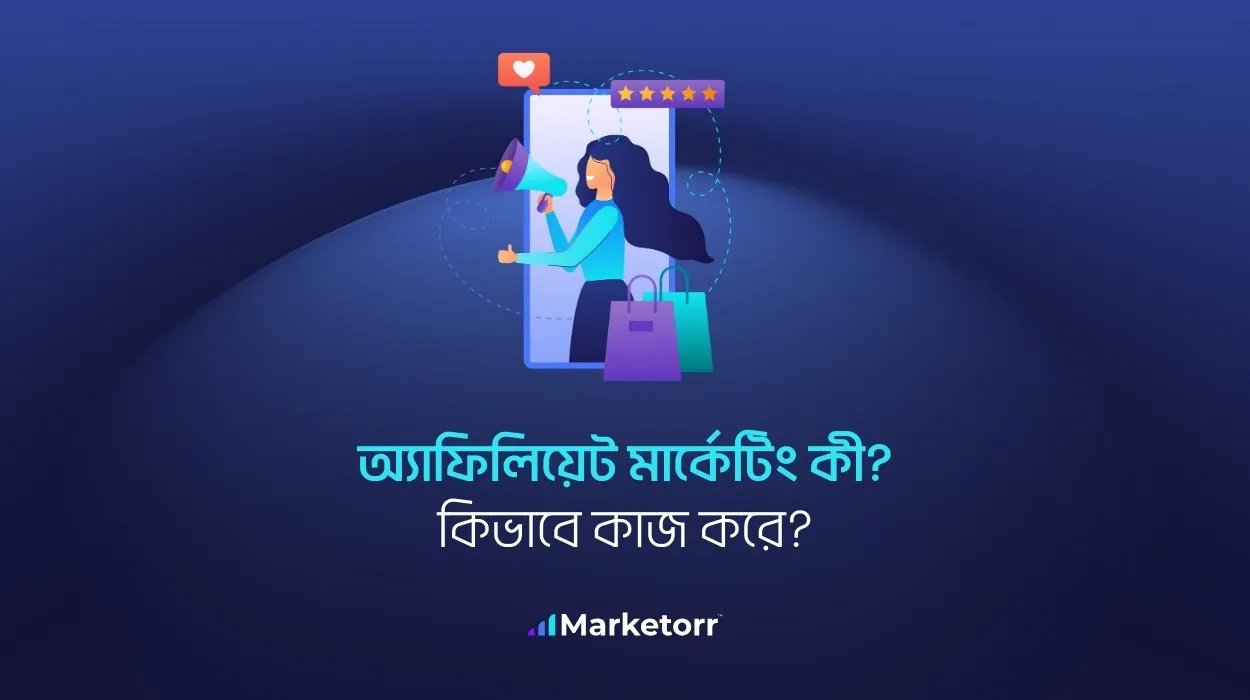76% of people who search for nearby businesses on their smartphones visit one within a day, and 28% make a purchase. Google Maps has evolved from a basic navigation app into a powerful local search engine where people discover and select nearby businesses.
If your business doesn’t appear in Google Maps results, you’re losing out on local customers actively searching with buying intent. This guide gives you a clear, step-by-step strategy to rank higher in Google Maps, drive more in-store visits, and convert local searches into paying customers.
What is Google Maps SEO?
Google Maps SEO refers to optimizing your Google Business Profile so your company ranks higher in local map-based search results. For example, when someone searches ‘pizza places near me,’ effective Google Maps SEO helps your pizzeria appear at the top of the results. This increases the chance they’ll choose your business over a competitor.
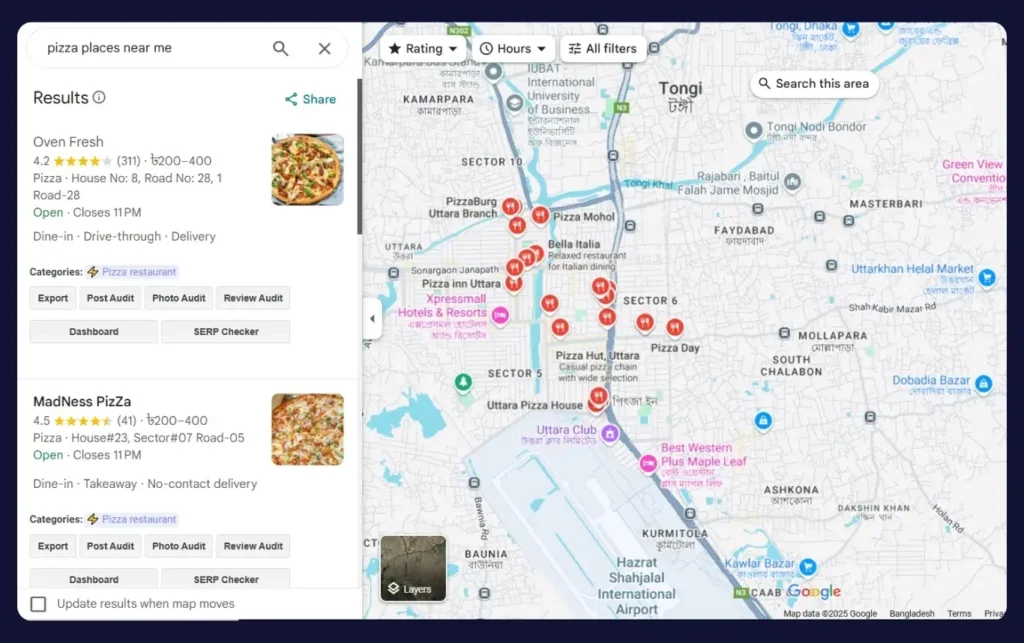
Unlike traditional SEO, which aims to boost overall website visibility, Google Maps SEO targets local searchers with strong buying intent who are physically near your business. Google emphasizes proximity, customer reviews, and accurate business details to rank your listing.
Why Does Google Maps SEO Matter Now?
Today, more customers use Google Maps as their primary tool to discover and evaluate local businesses. According to Google, 84% of people use search engines to find local businesses, and most take action within hours. If your Google Business Profile isn’t fully optimized, your business risks losing nearby customers who are ready to buy.
In 2025, traditional search impressions continue declining while searches on Google Maps increase. Customers who search via Maps have clear buying intent, meaning your business gains immediate leads and higher conversion rates.
Local businesses that optimize their Google Maps presence consistently see key benefits, including:
- Increased foot traffic to your physical store or office
- More qualified website visits from nearby searchers
- Stronger local brand visibility and trust
- Lower customer acquisition costs compared to paid advertising
How Does Google Decide Which Businesses Appear First?
Google Maps ranks businesses based on three core factors: Relevance, Distance, and Prominence.
Relevance:
Google evaluates how closely your business information aligns with the user’s search intent. For example, if someone searches for ‘vegan cafes,’ your profile should include specific terms like ‘vegan menu,’ ‘plant-based meals,’ or related offerings that directly reflect that intent.
Distance:
Google gives higher visibility to businesses located near the user’s current location. While you can’t change your physical location, providing an accurate address helps Google associate your business with relevant nearby searches.
Prominence:
Google measures your business’s authority and reputation based on signals like customer reviews, backlinks, and consistent business data across trusted directories. Better prominence means higher rankings.
Step-by-Step: How to Optimize Your Google Maps SEO
Follow these practical steps to rank higher and attract local customers through Google Maps.
1. Set Up Your Google Business Profile (GBP)
Your Google Business Profile (previously Google My Business) is the official listing that represents your business on Google Maps and Search.
- Claim Your Listing: Check your business on Google Maps to see if a listing already exists. If it does, claim ownership. If not, create a new profile through the Google Business Profile Manager.
- Verify Your Business: Google verifies your business through methods like postcard, phone, email, or video. Unverified profiles have limited visibility in search and Maps rankings.
- Provide Accurate Basic Info: Fill in your official business name, exact address, phone number, website URL, opening hours, and primary business category.
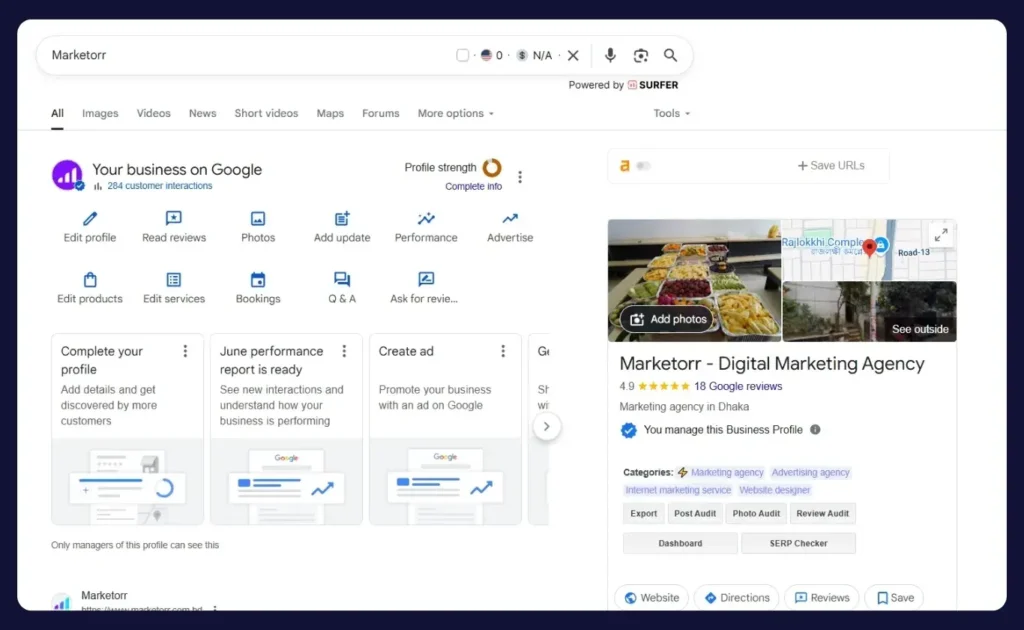
2. Optimize Your Google Business Profile for Visibility
- Pick Clear Categories: Choose business categories that accurately describe your primary services. For instance, a bakery should select ‘Bakery’ rather than a broad term like ‘Food Store’.
- Write a Useful Description: Write a clear business description using terms your customers naturally search for. Avoid vague marketing language—use specific phrases like ‘family-friendly pizza restaurant in downtown Austin’ instead of ‘premier dining establishment.”
- Upload High-Quality Photos: Upload clear, high-resolution images of your storefront, interior, products, and team. Visual content builds trust and helps customers recognize your business before visiting.
- List Your Services Clearly: Use the ‘Products’ or ‘Services’ section to list what your business offers, including prices if available. Detailed and accurate listings improve your visibility in relevant local searches.

3. Leverage Customer Reviews to Boost Your Ranking
Customer reviews are a major ranking factor in Google Maps and strongly influence how potential customers perceive your business.
- Get More Reviews: Encourage happy customers to leave a review by asking in person or following up via email or SMS. Share a direct review link to make the process simple and convenient.
- Respond Quickly to Reviews: Respond to positive reviews with appreciation and handle negative feedback professionally. Active engagement signals trust and responsiveness to both Google and future customers.
4. Optimize Your Website for Local Search
Adding clear local signals to your website helps Google connect your business with nearby search queries and improve your Maps ranking.
- Use Local Keywords: Include city or neighborhood-specific keywords naturally in your titles, headings, and page content—such as ‘Atlanta dry cleaning’ rather than just ‘dry cleaning.’
- Create Location Pages: If you serve multiple locations, create a dedicated landing page for each. Include hyperlocal content such as nearby landmarks, driving directions, and location-based promotions.
- Implement Schema Markup: Use LocalBusiness schema markup to help Google understand your business type, services, and exact location—improving how your information appears in local search results.
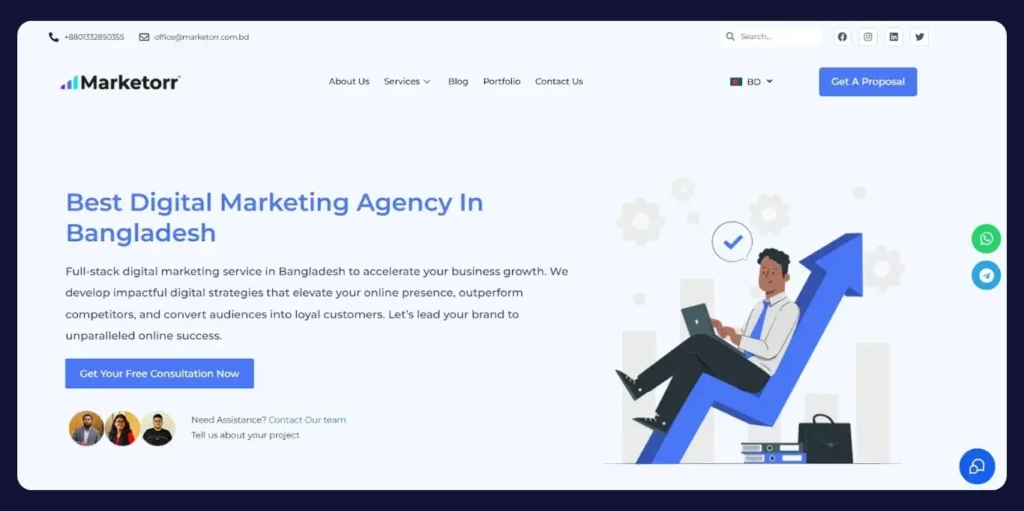
Additional Factors That Influence Google Maps Rankings
In addition to relevance, distance, and prominence, several other factors also influence how well your business ranks on Google Maps.
Maintain Consistent Business Information Everywhere
Google favors consistent business information across the web, as it helps users trust your listings and improves local ranking accuracy.
- Check Your NAP (Name, Address, Phone): Make sure your business NAP (name, address, and phone number) match exactly across all online listings, directories, and your website. Even small differences—like ‘St.’ versus ‘Street’ can lead to data conflicts that reduce your visibility in local results.
- Regularly Audit Your Listings: Periodically verify your business info using tools like Moz Local or BrightLocal to quickly identify and fix inconsistencies.
Regularly Update Your Google Profile
If your Google Business Profile appears inactive, Google may assume your business is closed or outdated, which can lower your local search rankings.
- Weekly Google Posts: Post weekly updates to your profile, such as events, offers, or news. Regular activity shows both Google and customers that your business is active and responsive.
- Answer Questions in the Google Q&A: Monitor the Q&A section of your Google Business Profile and respond to customer questions promptly. Clear, timely answers help build trust and improve engagement signals for local rankings.
Build High-Quality Local Backlinks
Backlinks from local websites signal to Google that your business is reputable and locally relevant.
- Local Directory Listings: List your business on trusted local directories such as Yelp, Yellow Pages, and your Chamber of Commerce. Make sure your NAP information is consistent across all listings.
- Sponsor Local Events: Sponsor local events, teams, or organizations to earn backlinks and boost your business’s local authority in Google’s eyes.
Common Mistakes to Avoid in Google Maps SEO
Many businesses make common mistakes that negatively affect their visibility in local search results.
1. Ignoring Customer Reviews
Not responding to customer reviews, particularly negative ones, signals to Google and users that your business may be unresponsive or inactive.
For example, if a customer leaves a 2-star review mentioning slow service and receives no reply, future customers may assume the issue hasn’t been resolved and choose a competitor instead.
Quick Fix:
Respond to all reviews in a timely manner, thank customers for positive feedback and address concerns in negative reviews with professionalism. This builds trust and supports local ranking signals.
2. Using the Wrong Business Categories
Selecting broad or incorrect business categories can limit your visibility in relevant local search results.
For example, if you operate a nail salon but select ‘Beauty Salon’ as your main category, your listing may not appear when users search for ‘nail salon near me’—because Google doesn’t recognize it as a direct match.
Quick Fix:
Choose specific categories such as ‘Nail Salon’ rather than broad labels. Your primary category should clearly represent your core service offering.
3. Keyword Stuffing in Your Business Name
Inserting keywords or location names into your business title violates Google’s guidelines and may result in listing suspension or ranking penalties.
For example, listing your business as ‘Bella Saloon Best Hair Saloon in Dhaka City’ instead of its real name, ‘Bella Spa,’ can trigger spam filters and lead to removal from Google Maps.
Quick Fix:
Use your exact legal or brand name, as shown on your signage and official documents. Do not add extra keywords or location modifiers in the business name field.
Advanced Google Maps SEO Strategies for 2025
To maintain a competitive edge in local search results, implement these advanced Google Maps SEO techniques.
Make Google Posts Visually Compelling
Google Posts appear directly on your Business Profile, offering high-visibility space to promote your services and attract potential customers.
Quick Tips:
- Use bright, high-quality images or short videos to capture attention instantly.
- Mention your promotion or event clearly within the first sentence of the post.
- Include a direct call to action like ‘Call now,’ ‘Book online,’ or ‘Visit today.’
Optimize for Voice Searches
More users are using voice search to ask natural, question-based queries such as ‘Where can I find a late-night coffee shop near me?
Quick Tips:
- Add conversational phrases and common voice queries to your website content and Google Business Profile.
- Structure content with question-style headers (e.g., ‘Where can I…?’) followed by concise, direct answers.
Use Google Local Services Ads to Boost Visibility
Google Local Services Ads display your business at the top of relevant search results with a ‘Google Guaranteed’ badge, helping establish immediate trust and credibility.
Quick Tips:
- Complete Google’s background check and verification process to qualify for Local Services Ads.
- Track and manage your incoming leads through the Local Services Ads dashboard to optimize ROI.
Essential Tools for Managing Your Google Maps SEO
Managing and optimizing your Google Maps presence is easier with these trusted local SEO tools designed to simplify key tasks.
Google Business Profile Manager (Free)
Google Business Profile Manager is the central tool for managing your business listing on Google Maps and Search.
- What it does clearly: You can update your business details, publish posts, respond to reviews, and view performance insights in real time.
- Why it matters: Google favors actively maintained profiles with accurate and recent information, which can improve your local ranking.
Google Search Console (Free)
Google Search Console shows how users discover your website through search, including which keywords drive traffic.
- What it does clearly: It reveals the exact search queries users enter to find your site, detects technical SEO issues, and provides actionable fixes to improve performance.
- Why it matters: Knowing which local keywords generate clicks helps you refine your content strategy for better visibility in local search results.
Moz Local (Beginner-Friendly)
Moz Local helps you maintain consistent business information across directories, citations, and local platforms.
- What it does clearly: It automatically scans for inconsistencies in your name, address, and phone number (NAP) across multiple sources and corrects them to improve local SEO accuracy.
- Why it matters: Accurate NAP data strengthens your local search rankings and ensures potential customers see reliable, trustworthy business information.
BrightLocal (Intermediate)
BrightLocal offers in-depth tools for tracking local rankings, managing reviews, and analyzing your local SEO performance.
- What it does clearly: It monitors your Google Maps rankings, manages customer review responses, and helps you create consistent, high-quality local citations.
- Why it matters: BrightLocal’s all-in-one platform helps you detect and resolve issues that affect your visibility in local search and reduce friction in customer trust signals.
Frequently Asked Questions
Here are straightforward answers to common questions about Google Maps SEO:
1. How do I rank higher in Google’s Local Pack?
Clearly optimize your Google Business Profile, actively respond to reviews, keep your business info consistent online, and create local-focused content on your website. Google ranks businesses by relevance, proximity, and reputation—focus on improving these.
2. What’s the best way to get more customer reviews?
Politely ask satisfied customers immediately after service. Provide a direct, easy link or QR code for leaving a review. Send gentle follow-up reminders by email or text if needed.
3. How often should I update my Google Business Profile?
Aim for weekly updates, sharing posts, photos, or special offers. Immediately update business info changes like hours, locations, or services to keep your profile accurate.
4. Can my business rank well even if it’s far from customers?
Yes, but you’ll need strong reviews, excellent profile relevance, and outstanding local-focused content to overcome location disadvantages. Offer services like delivery or clearly communicate your value to distant customers.
5. What’s the difference between Local SEO and Google Maps SEO?
Local SEO includes strategies to rank on multiple platforms—Google, Bing, Yelp, etc. Google Maps SEO specifically targets optimizing your Google Maps listing to attract nearby customers through Google’s platform.
Wrapping Up
As of 2025, more consumers are using Google Maps to search for and select local businesses than ever before. Users who search through Google Maps often have high buying intent—making it essential for your business to appear at the right time and place.
Google Maps SEO isn’t only about visibility-it’s about converting high-intent, local searchers into real customers. Businesses that apply consistent local SEO strategies see more store visits, increased website traffic, and long-term growth in competitive markets.
Start optimizing today to keep your business top-of-mind—and ranked at the top of Google Maps search results.
